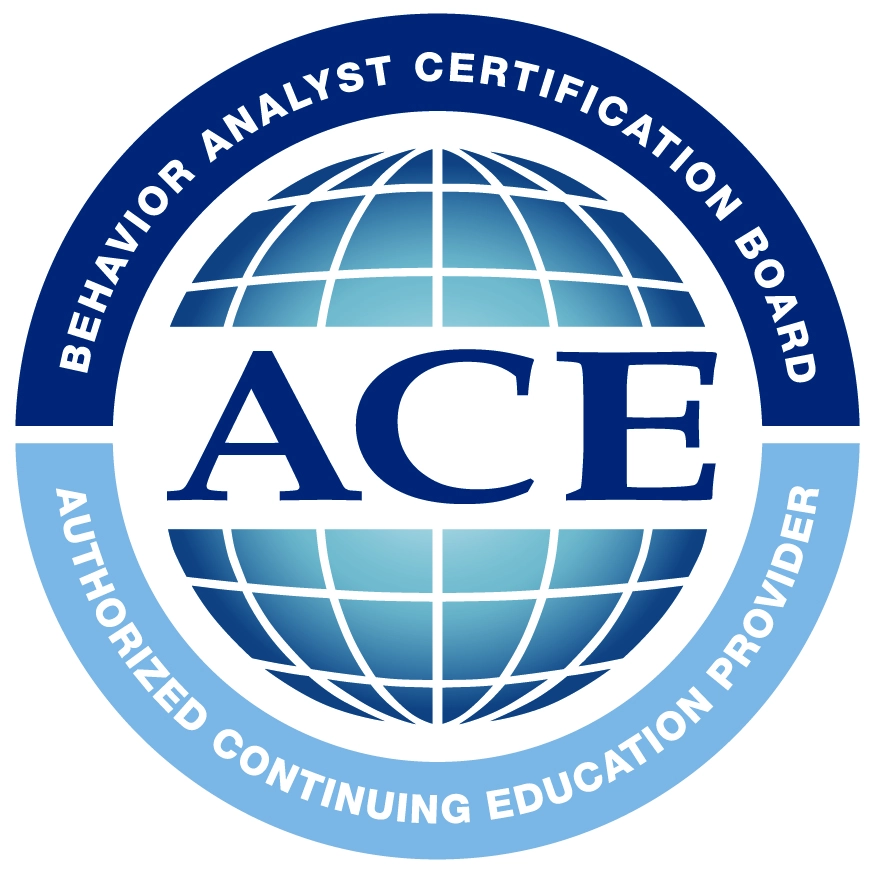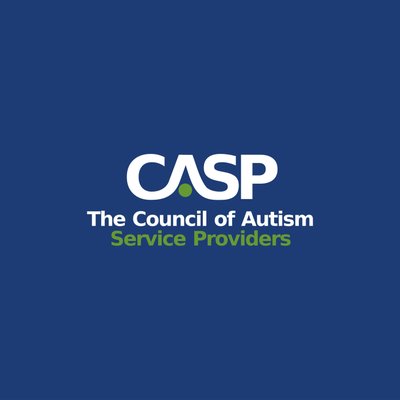When you’re working with a student who is both autistic and dyslexic, you’re not just teaching, you’re also decoding a unique communication style, adjusting for sensory sensitivities, and accommodating cognitive differences that affect everything from language to memory.
This dual diagnosis presents distinct challenges, especially in academic environments that are usually built for neurotypical learners. But with the right strategies, patience, and understanding, these students can thrive both inside and outside the classroom.
The key lies in embracing their strengths while providing support where it’s needed most.
Dyslexia impacts a child’s ability to read, write, and spell, while autism influences how they interact with the world socially, emotionally, and behaviorally. When both conditions are present, teaching becomes less about following a textbook and more about connecting to the student in a way that respects their neurological differences.
As such, we’re going to cover 7 highly effective teaching strategies that have proven successful when supporting dyslexic students with autism. Let’s get started.

1. Use Multisensory Instruction to Build Connections
One of the most effective ways to teach a dyslexic student, especially one who is also autistic, is to engage multiple senses simultaneously.
Multisensory instruction activates visual, auditory, and kinesthetic-tactile pathways to reinforce learning. For a student who struggles with decoding written words and also has challenges processing verbal instructions, this type of teaching can make all the difference.
Think about it like this: instead of just telling a child how to form the letter “B,” show them the letter, say the sound it makes, have them trace it in the air, build it with clay, and then write it in sand. This layered approach allows the brain to form stronger neural connections.
It also helps autistic students who benefit from concrete, repetitive experiences to internalize new concepts.
Importantly, multisensory methods cater to different learning styles. Autistic children often have specific sensory preferences, so it’s worth noting what kinds of input they respond well to. Some might love tactile experiences like tracing in sand or using textured letters, while others might prefer visual tools such as color-coded phonics charts.
The key is to combine modalities in a way that keeps the child engaged without overwhelming them.

2. Break Tasks into Manageable Chunks
Dyslexic students often struggle with working memory and processing speed, which means large tasks can feel overwhelming. When autism is added to the mix, executive functioning challenges can make even simple activities feel daunting.
Rather than presenting a student with an entire worksheet or expecting them to write a paragraph in one sitting, break the task into smaller, achievable steps.
For example, if the objective is to write a sentence, start with identifying the subject, then the verb, and finally the rest of the sentence. This sequential, scaffolded approach offers clarity and structure, which is especially important for autistic learners who often thrive on routine and predictability.
Additionally, visual schedules or checklists can be helpful. These tools give students a clear map of what they need to do and what comes next, reducing anxiety and promoting independence.
Supporting both their cognitive and emotional needs can help make learning feel more manageable and less frustrating.

3. Teach Explicit Phonics with Consistency
For students with dyslexia, learning to read isn’t intuitive. They don’t pick up language patterns just by being around books or hearing others speak. Instead, they need explicit, systematic instruction in phonics.
This methodical approach is just as important for autistic learners, who may also struggle with generalizing rules or interpreting the often irregular patterns in the English language.
Consistent phonics instruction involves teaching letter-sound correspondences, blending sounds into words, segmenting words into sounds, and practicing word families in a repetitive, structured way.
For students who are both dyslexic and autistic, it’s helpful to anchor this instruction in routines that remain consistent from day to day. Predictability reduces cognitive load and creates a safe space for learning.
Using visual aids, such as phoneme cards or color-coded word lists, can support both decoding and comprehension.
For example, highlighting vowels in one color and consonants in another helps the student visualize how words are built. Coupling this with auditory reinforcement further reinforces the learning process.
4. Be Mindful of Sensory Processing Needs
Autistic students often experience sensory sensitivities that can dramatically affect their ability to concentrate, engage, or feel comfortable in a classroom. Add the emotional fatigue that comes with dyslexia, and it becomes clear that creating a supportive sensory environment is not just helpful but also essential.
Lighting, background noise, textures, and even smells can influence whether a child can focus or become overwhelmed.
For some, fluorescent lights may be too bright; for others, the hum of a projector can be incredibly distracting. Offering options like noise-canceling headphones, fidget tools, or quiet corners gives students some control over their environment and helps regulate their sensory input.
This also extends to learning materials. Consider the fonts you use, and as much as possible, avoid visual clutter in worksheets or presentations. Instead, keep layouts clean, use plenty of white space, and limit distracting graphics.
As long as the environment is tuned to their sensory needs, students can better engage with the content.

5. Emphasize Emotional and Behavioral Support
Many students with both dyslexia and autism experience significant anxiety related to school. They may fear failure, be easily frustrated, or avoid academic tasks altogether.
This emotional response isn’t due to laziness or defiance but is often the result of years of feeling misunderstood, falling behind, or being compared to peers.
That’s why it’s so important to incorporate emotional regulation and behavioral support into your teaching strategy. This might include using social stories to explain routines, employing calming techniques like deep breathing breaks, or using visual emotion scales to help students communicate how they feel.
Behavioral strategies drawn from Applied Behavior Analysis therapy can be extremely helpful here. Positive reinforcement, for example, can be used to encourage participation and effort.
If a child completes a reading activity that’s especially challenging for them, reward their perseverance with something meaningful. These rewards build confidence and help reshape the emotional associations they have with learning.
6. Incorporate Student Interests Into Learning
Autistic children often develop deep interests in specific topics, whether it’s trains, animals, space, or video games. These focused interests can serve as powerful motivators for learning, especially when paired with evidence-based reading instruction for dyslexia.
Instead of asking a student to read a generic story that doesn’t hold their attention, look for books or create materials that tie into their passions. If a child loves dinosaurs, practice phonics using dinosaur-themed word lists or write short sentences about different species.
This not only makes reading more engaging but also gives the student a reason to persist through difficult tasks.
Likewise, using familiar themes reduces the cognitive effort needed to understand new material. When a child already has background knowledge about a topic, they can devote more mental energy to decoding and comprehension.
This can be especially helpful for students who struggle with generalization, a common trait of autism.
7. Provide Repetition, Review, and Real-World Practice
Learning for dyslexic and autistic students is rarely linear. Skills may be learned one day and forgotten the next. That’s why repetition and review are critical parts of any successful teaching plan. Revisit key concepts frequently and give students opportunities to practice them in different settings.
For example, a student might learn to read the word “cat” during a structured phonics lesson. Later, they might find that same word in a storybook or see it on a classroom label. These repeated exposures help solidify learning and promote generalization, which is often a challenge for autistic learners.
Real-world application is also vital. Reading a recipe, writing a grocery list, or labeling items at home connects academic skills to everyday life. These functional tasks show students that reading and writing aren’t just school activities but as tools they can use to communicate, solve problems, and gain independence.
Final Thoughts
Teaching a student with both autism and dyslexia demands creativity, flexibility, and compassion. It’s not about “fixing” their differences, but about understanding and working with them. When we teach from a place of respect and curiosity, we open doors that standard approaches often keep shut.
With the help of various strategies, we can create an educational experience that fosters not just academic growth but also confidence, self-worth, and joy.
Every child deserves to feel seen, understood, and capable of learning in their own way, and with the right strategies in place, they can. At Golden Care Therapy, we provide compassionate, high-quality ABA therapy that is tailored to each child’s unique needs and strengths.
Our team of dedicated professionals supports families through personalized care plans that foster growth and confidence every step of the way. We offer high-quality ABA therapy in New Jersey, Indiana, New York, Georgia, and Florida.
Ready to take the next step? Contact us today to see how we can help your child thrive.



